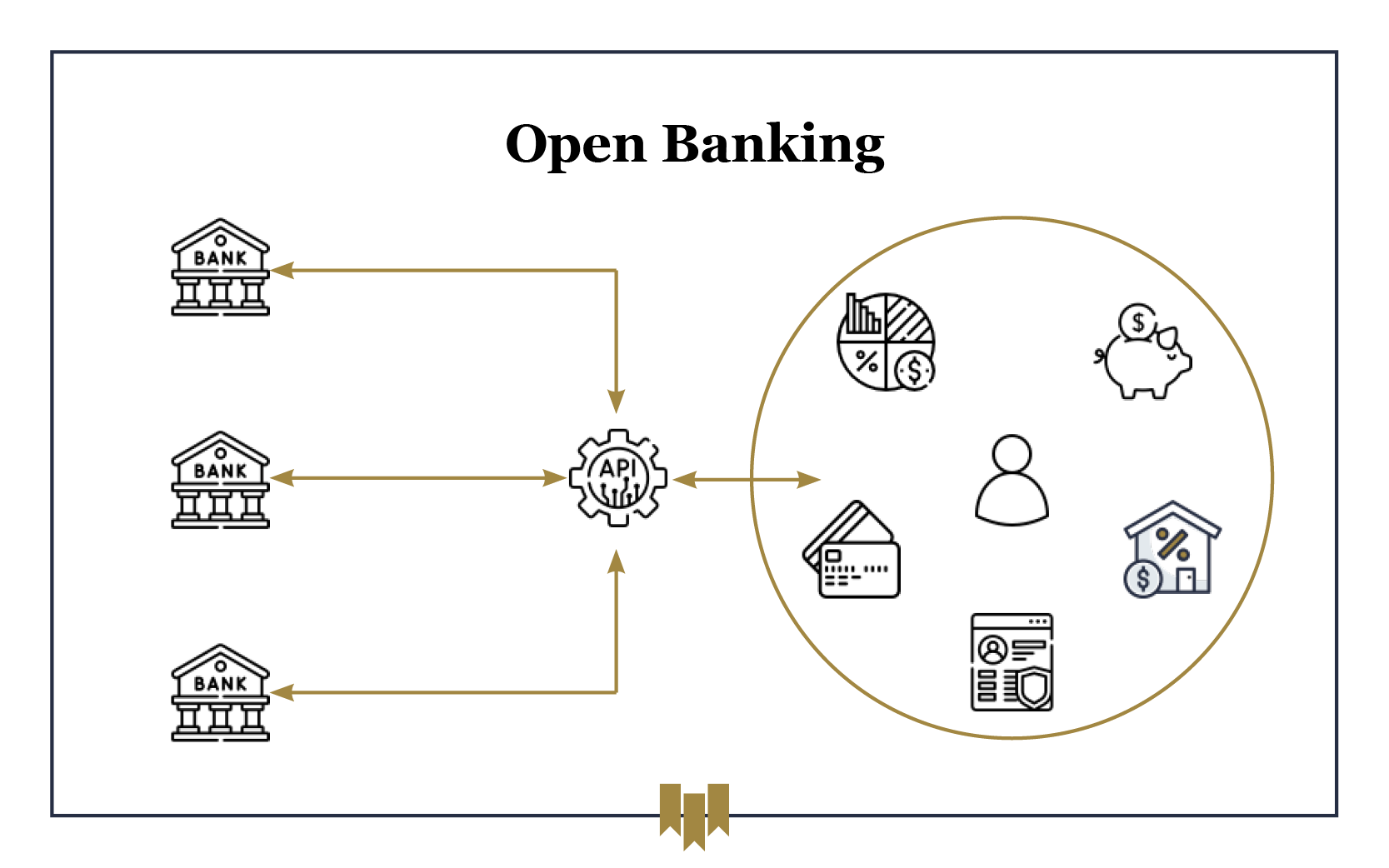Open banking is widely regarded as the most significant change in the retail banking landscape for decades but many of us have never heard of it. So what is it and how does it affect me?
Whilst the term originated from Europe, Australia passed the Consumer Data Right (CDR) legislation in August 2019 which gave consumers exclusive right to their own data and enabled them to choose whether to share it with third parties. In the following years the banks and other lenders were forced to securely share some of their banking data with other accredited data recipients (ADR). The types of data include details of home loans, investment loans, personal loans, transaction accounts, closed accounts, direct debits and scheduled payments, as well as payee data. It’s important to reiterate that this data cannot be shared without the consent of the customer.
So how does this change things?
By ensuring that consumers have exclusive right to their own data, according to the Australian Banking Association (ABA), benefits to customers will include;
- Streamlining the application process for certain financial products
- Saving significant time and administration when switching from one bank to another
- The availability of more products tailored to your particular financial circumstances
The changes are aimed to promote more competition within the financial services industry providing smaller tech based emerging companies the data to efficiently design products that better suit their customers. Imagine applying for a loan or credit card where, in a few clicks, your savings and credit data is used to immediately approve your application and determine the rate you are offered. There is no need to provide any supporting documents and the lengthy processing delays which have hampered the industry for years are a thing of the past.
How secure is my data?
To receive and share your data an ADR must become accredited by the Australian Competition and Consumer Commission (ACCC) to ensure they have the required level of security and data privacy settings. This process can take as long as 4-6 months and involves significant upfront and ongoing legal and labor costs. For a long time the cost of accreditation, and ongoing regulatory maintenance, was seen as a barrier for smaller companies to access the data. To overcome this, last year the Australian government approved a representative model which will come into effect this month.
As mentioned earlier consumers will need to provide consent for ADRs to access their data and the information will be deleted or de-identified after a maximum of 12 months unless permission is once again granted. You can also withdraw your consent at any time and your data must be deleted immediately. Each company that you grant permission should always provide you with the following information:
- What information you’re sharing and how it will be used
- Who will have access to your data
- How long they’ll have access to your data for
- How you can manage and withdraw consents
When will I see the benefits of this?
The type of data available has been rolled out in phases since July 2020 but open banking is still considered to be in it’s infancy.
An important milestone will occur this month when joint accounts are brought under the scope of CDR. As you can imagine this represents a huge change for the mortgage industry where a significant proportion of loans are held in joint names.
From November 2022 energy companies will also need to provide customers with access to their usage and connection data. This will kickstart a future where comparing energy providers based specifically on your usage can be performed at the click of a button. It also gives future providers the opportunity to tailor your energy charges specifically for you.
As the number of data sources increase the consumer will progressively see the benefit but until then, with many data sources such as superannuation and investment accounts still unavailable, companies utilising the data will typically operate under a hybrid model combining open banking and traditional sources of information.





